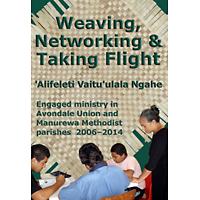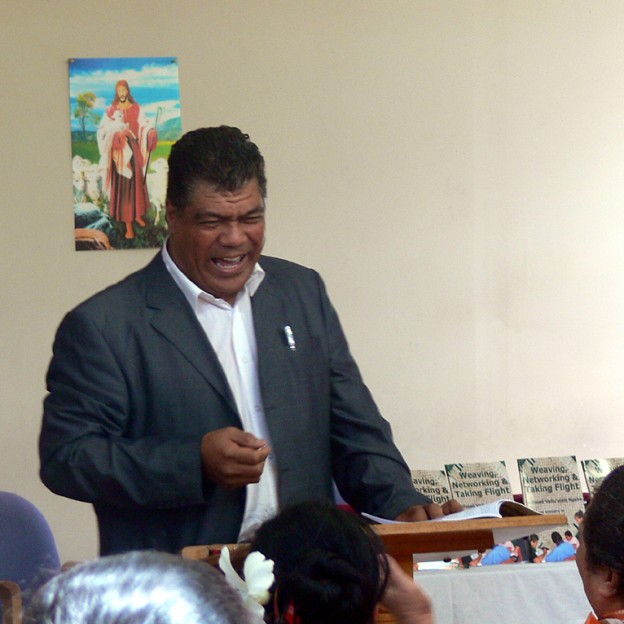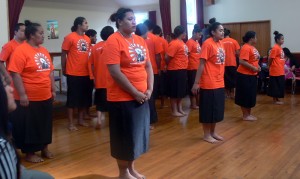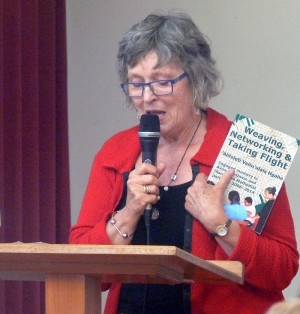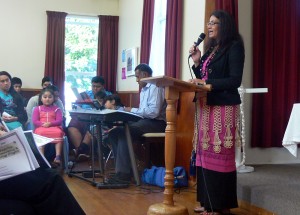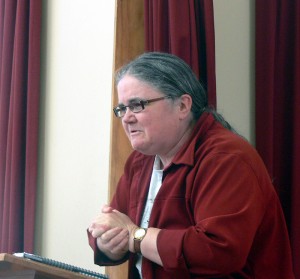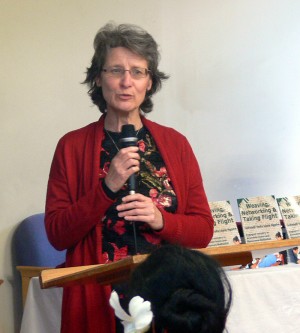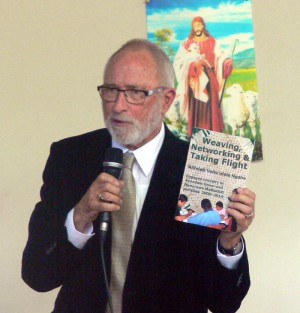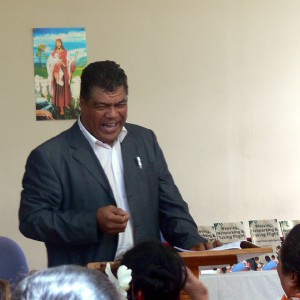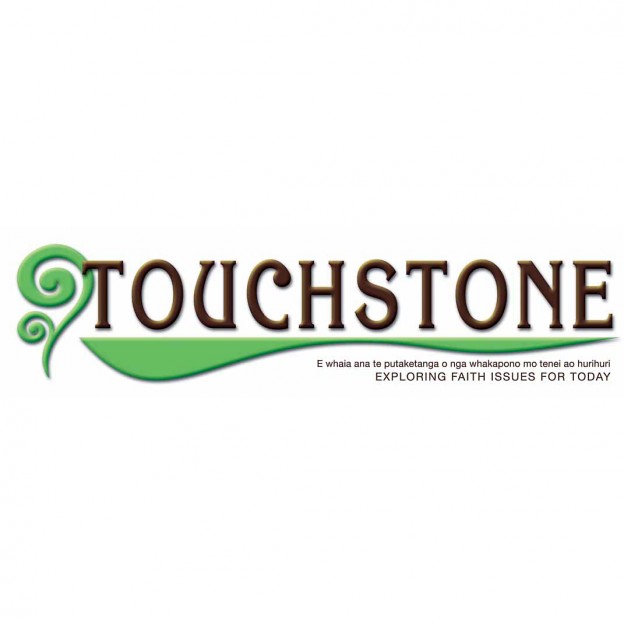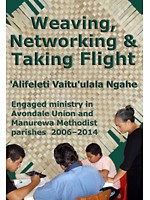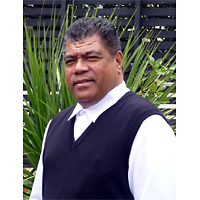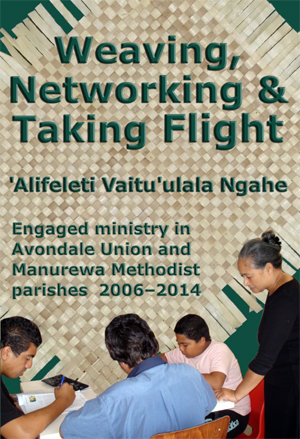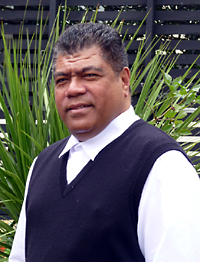Weaving, Networking & Taking Flight
– Engaged Ministry in Avondale Union and Manurewa Methodist Parishes
By ‘Alifeleti Vaitu’ulala Ngahe
2014, Philip Garside Publishing, 68 pages
Reviewer: Brian Turner
“Rev Vai Ngahe has done what many clergy intend but few actually do – that is, to reflect on past ministries in order to traverse better the pathways ahead.
Vai has done this for the first nine years of his Auckland ministries in Avondale and Manurewa and he has shared his reflections with us by publishing them…Brave man! Vai utilizes compelling images from his Tongan background as well as a presbyter/minister in Aotearoa-NZ. Drawing on his experience in relating to the community in Avondale and Manurewa, he makes a strong case for congregations and parishes to relate more closely to the communities where they are located.
This raises a number of interesting questions. In what ways should the church relate to the community?
Should it offer programmes and initiatives that the wider community can join (for example, rebuilding the Rosebank church building as a community centre or painting a public mural at Manurewa) or should a parish/congregation relate to the good it sees being done by others in the community and offer its support without seeking to take over or dominate?
And who in the church should initiate community facing or joining activities? Historically, the NZ Methodist Church has said this is more the responsibility of the laity and diaconate (deacons) rather than presbyters. However, many presbyters have (like Vai) exercised strong community-facing priorities as well as in-church word and sacrament ministries.
More significantly, is Vai suggesting that the Kingdom of God is in fact the establishment of healthy communities in which the church is an integral contributor rather than a distant outsider? He seems close to this position when under the heading of a “Theology of Transformation” (page 50) he writes:
“We are no longer focussed within the church on the inside/us only. Our focus shifts the position to facing outside, to the community. The wider community also becomes us.”
That left me wondering if the oneness of church and community is more achievable in multi-ethnic communities than predominantly mono-ethnic ones. Vai himself advocates the importance of weaving together a multi-cultural community to support members within the church and people in the community. This pre-supposes that many multi-ethnic communities, and presumably those in which Vai has worked, are more open to the place of the church than communities elsewhere. In predominantly Pakeha Christchurch, for instance, when a congregation canvassed door to door and asked what people expected of the church, the response was invariably ‘Nothing…piss off!”
This suggests that in many communities there is a widening gap between church and community. Vai Ngahe is to be commended for developing ways to help bridge this gap. It remains to be seen whether such methods will work in all communities.” Touchstone March 2015

